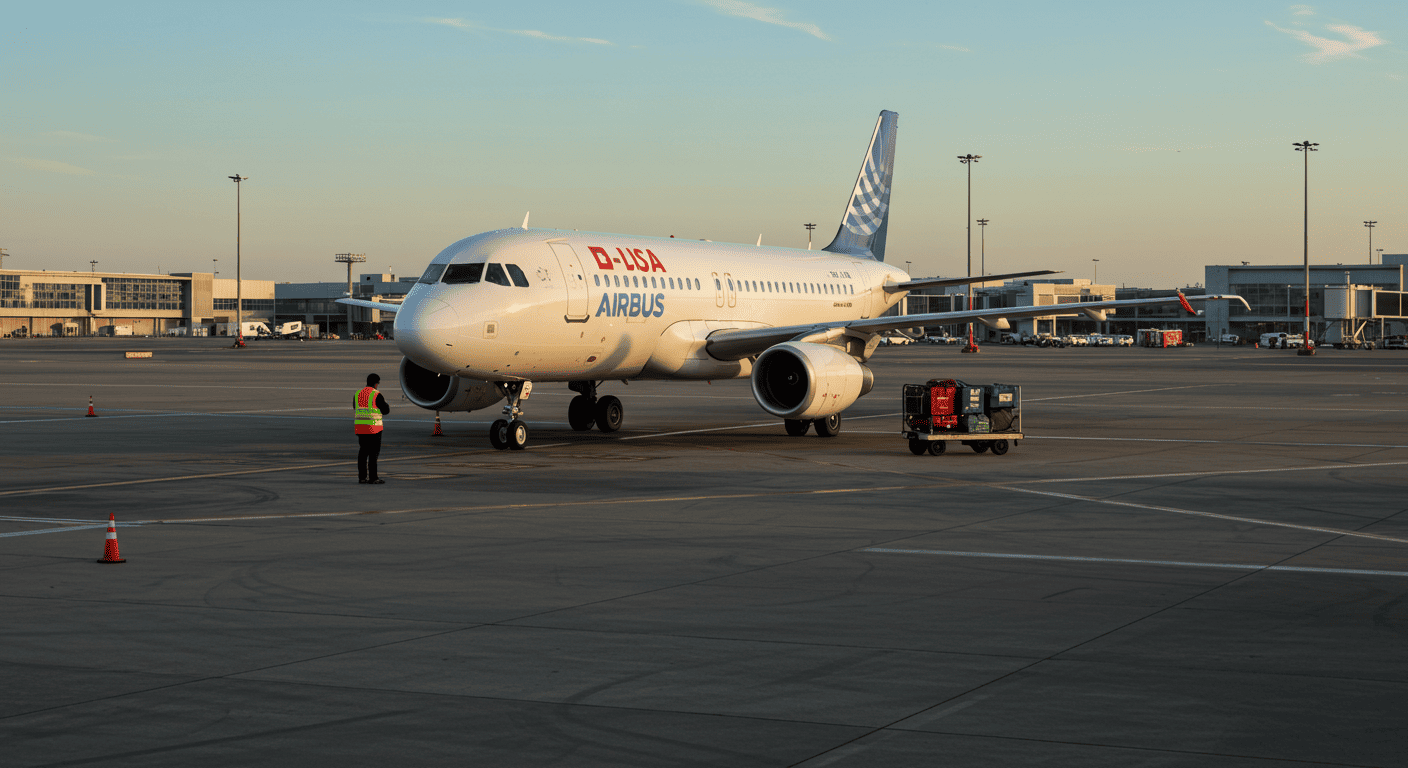As the smallest member of the successful A320 family, the Airbus A318 earned the nickname “Baby Bus.” While it never achieved the widespread success of its larger siblings, its unique design allowed it to serve niche markets, including airports with challenging approaches like London City. This specialization gave it a distinct place in aviation history. Here’s a closer look at its specifications, features, and unique story.
Overview of the Airbus A318
Affectionately nicknamed the “Baby Bus”, the Airbus A318 is the smallest member of the highly successful A320 family.
Despite its smaller stature, the A318 delivers impressive performance, capable of connecting distant city pairs and giving airlines crucial operational flexibility on less dense routes.
Perhaps its most notable feature is its certification for steep approach operations, a unique capability allowing it to land at airports with challenging approaches like London City Airport.
Specifications of the Airbus A318
As the most compact aircraft in the A320 family, the A318’s specifications are tailored for efficiency on short-to-medium-haul routes.
Performance Capabilities
With a maximum range of 3,100 nautical miles (5,750 km) and a takeoff weight (TOW) of 68,000 kg (150,000 lb), the A318 is well-suited for transcontinental flights or connecting key European city pairs.
The aircraft is powered by two high-bypass turbofan engine options: the CFM International CFM56-5B or the Pratt & Whitney PW6000.
While the A318’s certification for steep approach operations was a standout feature, its overall performance profile came with trade-offs.
Airbus A318 Operators
As the smallest and least-produced member of the A320 family, the A318 attracted a niche group of operators, who used it for specialized network needs rather than on mainstream, high-capacity routes.
Major operators of the Airbus A318 included:
- Launch Customer: Frontier Airlines, which took delivery in 2003.
- Largest Operator: Air France, which used it extensively on its short and medium-haul network.
- Other Notable Operators: TAROT (Romania’s national carrier) and Avianca.
Perhaps the A318’s most famous role was with British Airways, which operated a premium, all-business-class service between London City Airport (LCY) and New York’s JFK Airport.
Many operators have since retired the A318, opting for more fuel-efficient alternatives like the Airbus A220.
Development and Design of the Airbus A318
The A318 was developed to compete in the 100-seat market segment.
Its design featured a shortened fuselage but inherited the advanced fly-by-wire controls and common cockpit of the A320 family — a major selling point for airlines.
Cost and Economic Factors
With a new aircraft purchase price of approximately $48 million, the Airbus A318 was positioned as the least expensive model in the A320 family.
Despite its lower purchase price, the A318’s economic efficiency was hampered by high per-seat operational costs.
However, the A318 found a profitable niche in specialized operations where its unique capabilities offered a clear economic advantage.
However, the aircraft’s broader economic appeal was limited by several factors:
- Limited Cargo Revenue: Incompatibility with standard cargo containers restricted its ability to generate ancillary income from freight.
- Stiff Competition: It faced competition from both more modern regional jets and its larger, more economical siblings in the A320 family, which offered superior performance for most airlines.
Conclusion and Future of the Airbus A318
The Airbus A318 is nearing the end of its commercial service life. Its role has been largely supplanted by newer, more efficient aircraft. Despite its limited production run, the A318 is remembered as a highly specialized aircraft. The “Baby Bus” will be remembered as a unique variant that met operational demands few other aircraft could.
Read more:
- Airbus A320: Specifications, Features, and Seat Maps
- Airbus A340-300: Features, Specifications, and Performance
- Airbus A220: Features, Specs, and Benefits of the A220 Family
- Airbus Beluga: The Unique Transport Aircraft
- Airbus A340-600: Features, Specifications, and Performance
- Airbus A350: Features, Specs, and Innovations
- Airbus A319: Specifications, Seat Maps, and Features
- Airbus A321neo: Features, Specs, and Benefits
- Airbus A321: Specifications, Features, and Seat Maps
- Airbus A380: The Ultimate Guide to the World’s Largest Passenger Aircraft
- Airbus A330-300: Specifications, Seat Maps, and Amenities
- Airbus A350-900: Features, Specs, and Seating Guide
- Airbus A330: Specifications, Features, and Seat Maps

